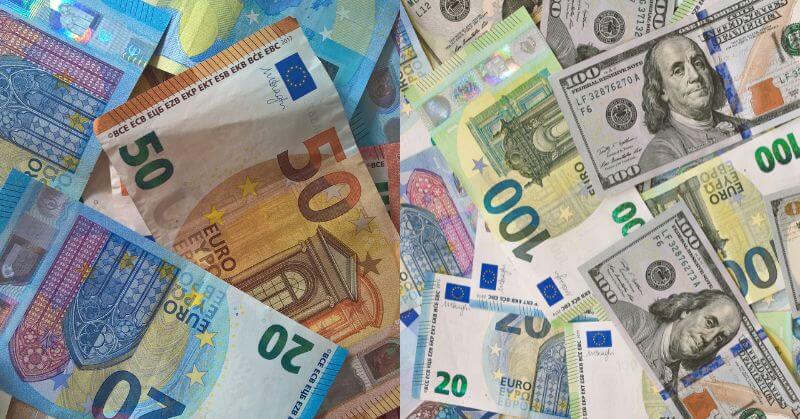Have you ever thought about why some currencies are worth more than others? Why can one country’s money buy more than another’s? The value of a currency is determined by how much one can buy with it, both within the country and when exchanging it for foreign money.
Three major currencies that people commonly consider powerful are the United States dollar ($), the British pound (£), and the euro (€). These currencies top the global trade market and serve as standard instruments for worldwide financial transactions. The world has currencies whose values surpass those of the British pound, United States dollar, and euros. But what if I told you these currencies don’t hold the top position in the highest-valued currencies list? So, let’s check them out.
What Makes A Currency Valuable?
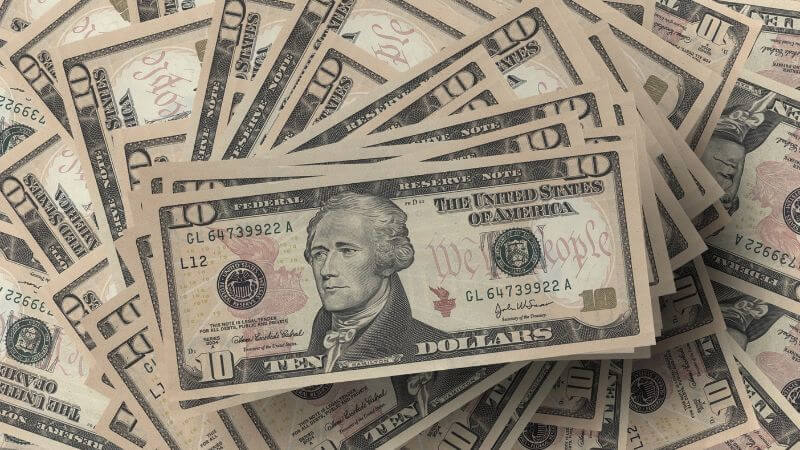
A currency establishes its strength through the relationship of its rate of exchange with other monetary systems.
- One unit of currency can purchase a specific number of goods and services, so we measure this as purchasing power. Strong purchasing power exists when you can purchase more items using the same amount of money.
- The exchange rate provides information about how much one currency is equal to other currencies. A strong currency means one unit can obtain a large amount of foreign currency.
- Several main factors determine the value of the market, including economic conditions and trade volumes, political stability, and inflation rates. Nationally, strong currencies remain consistently popular because their countries maintain financial strength. When economic issues arise, currencies can experience decreased value along with inflationary conditions.
Strongest Currencies In The World
The most valuable currencies in the world belongs to smaller nations with strong economies and stable financial policies. So let’s see the top most valuable currencies and what makes them strong.
Among global currencies, the Kuwaiti Dinar (KWD) maintains the top position in terms of value. Kuwait’s oil reserves drive the country’s wealth through its stable economy, resulting in an exceptionally powerful national currency.
1. Kuwaiti Dinar (KWD)
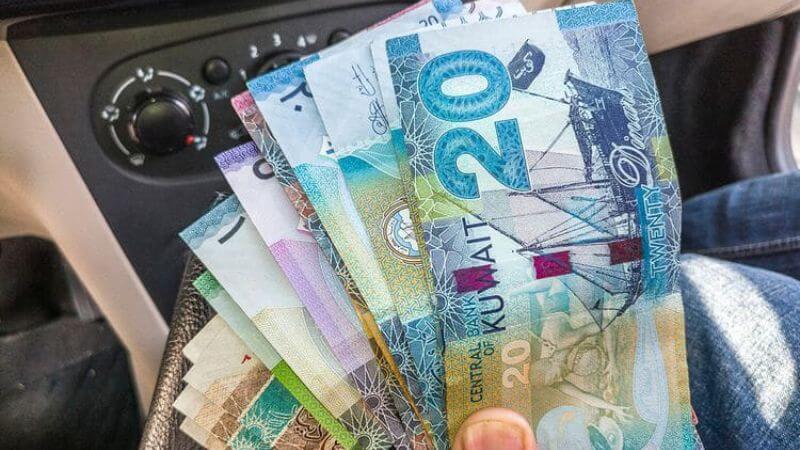
The Kuwaiti dinar (KWD) is the most valuable currency in the world. Ever since its introduction in 1960, the Kuwaiti dinar has held the top spot as the most valued currency in the world. The tax-free economy of Kuwait creates high demand because of its oil export activity.
Exchange Rate: 1 KWD = ₹281.47
2. Bahraini Dinar (BHD)
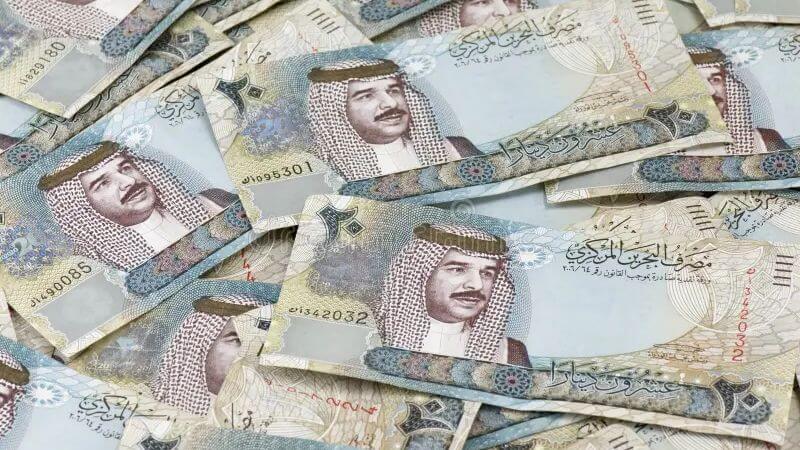
Among all currencies in the world, the Bahraini Dinar (BHD) holds second place in value. Bahrain functions as an economically stable small nation whose primary economic source is exporting oil and gas products. Bahrain maintains currency stability because its economy performs well, and Indian and other foreign citizens make up most of its population.
Exchange Rate: 1 BHD = ₹230.42
3. Omani Rial (OMR)
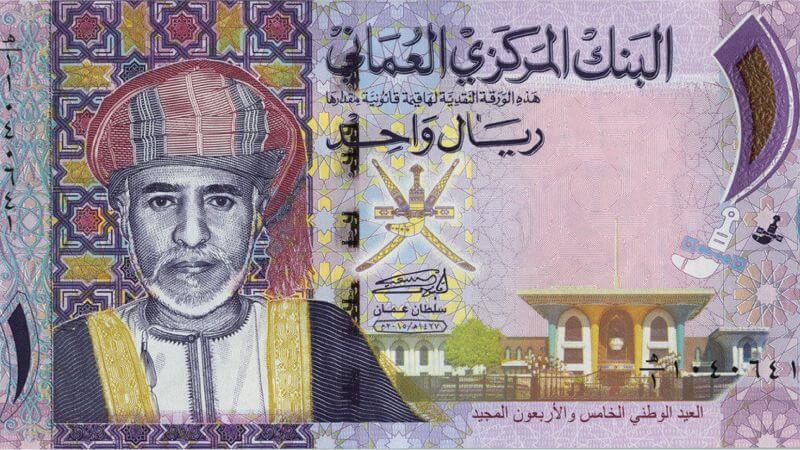
Before 1940, Indian rupees were used as a currency within the boundaries of Oman. The Omani Rial (OMR) is among the world’s most powerful currencies today. Oman maintains its high currency value because of its oil-oriented economic structure. The OMR retains its high value because Oman’s economy is stable and inflation is low.
Exchange Rate: 1 OMR = ₹225.58
4. Jordanian Dinar (JOD)
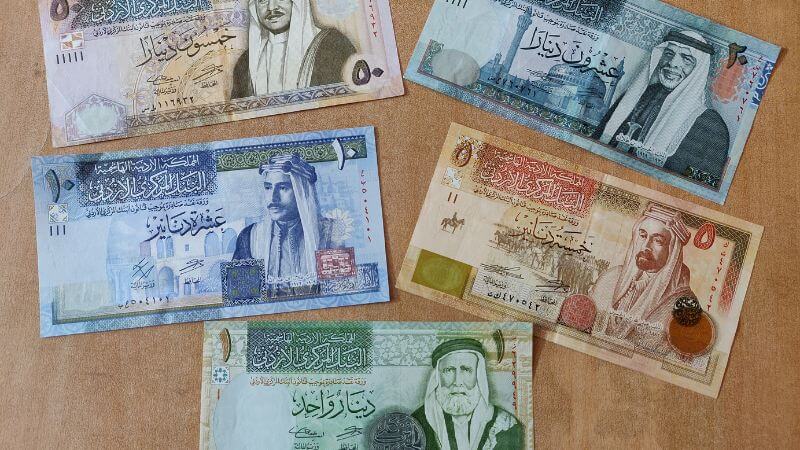
The value of the Jordanian Dinar (JOD) remains strong because its government maintains a fixed exchange rate policy. Despite lacking natural resources like Kuwait and Bahrain, the Jordanian government has succeeded in keeping its currency stable. A stable exchange rate policy protects Jordan’s currency from devaluation.
Exchange Rate: 1 JOD = ₹122.41
5. Gibraltar Pound (GIP)
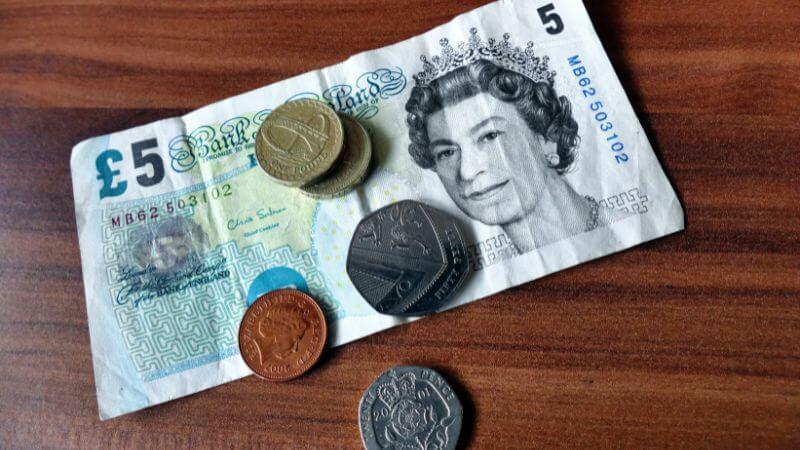
The currency of Gibraltar is the Gibraltar Pound (GIP) and is directly tied to the British Pound (GBP) since Gibraltar is a British Overseas Territory. One Gibraltar Pound equals one British Pound. Because of the UK’s economic stability, Gibraltar Pound maintains its identical exchange rate with the British Pound.
Exchange Rate: 1 GIP = ₹108.63
6. British Pound (GBP)
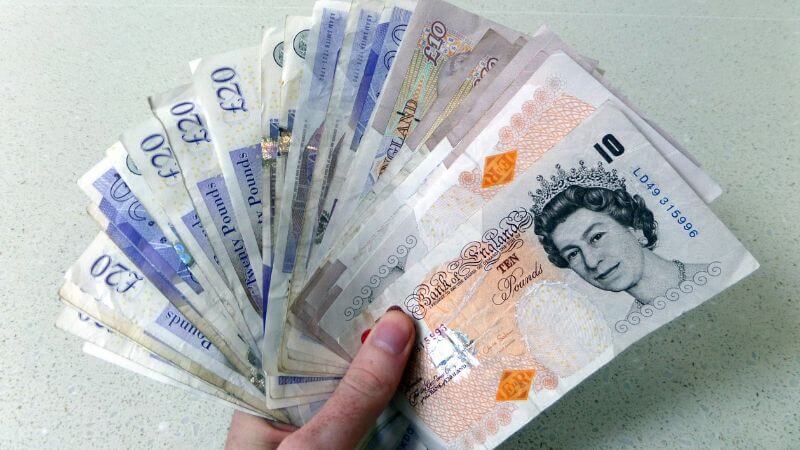
The British Pound (£) maintains its status as one of the oldest global currencies. The currency is widely used as a reserve asset because it retains both stability and value. The UK’s strong financial sector and influential international trade activities support the pound’s monetary value.
Exchange Rate: 1 GBP = ₹109.08
7. Cayman Islands Dollar (KYD)
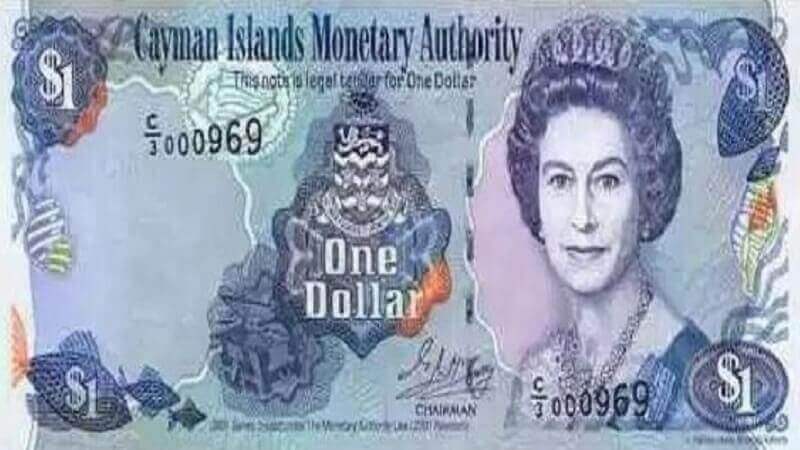
The Cayman Islands uses its currency, the Cayman Islands Dollar (KYD), which operates as the national monetary unit in this offshore financial hub. It maintains a stable connection with the US Dollar exchange rate. The financial services sector and stable economy of the Cayman Islands support its currency.
Exchange Rate: 1 KYD = ₹104.77
8. Swiss Franc (CHF)
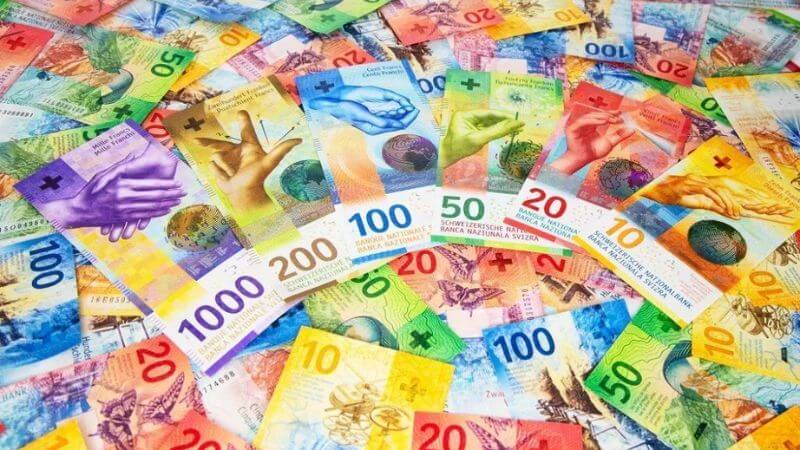
The Swiss Franc (CHF) is among the most valuable currencies because Switzerland maintains a strong banking system, stable economic conditions, and a robust fiscal sector. Low inflation and a stable financial system, combined with economic security, make Switzerland a prominent international banking destination.
Exchange Rate: 1 CHF = ₹96.08
9. Euro (EUR)
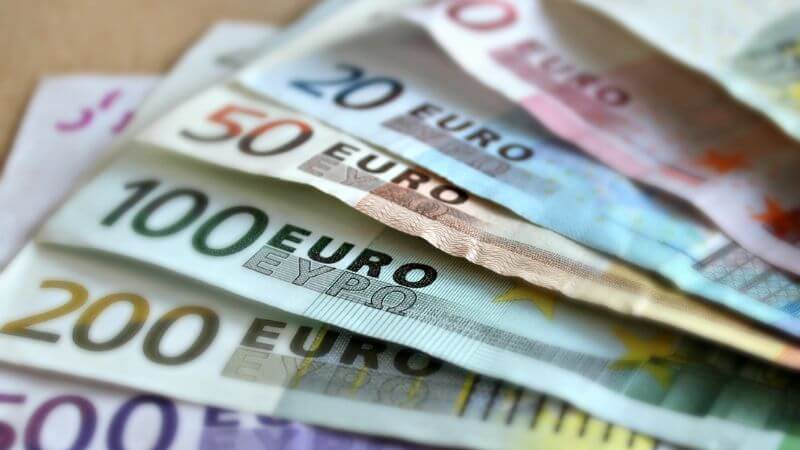
Like other countries in the European Union, the Euro functions as the official currency for 19 member states. Among all global currencies, the euro is the second most widely exchanged after the US dollar. A large economy and extensive global trade connections enhance the value of the Eurozone and the Euro currency system.
Exchange Rate: 1 EUR = ₹90.83
10. United States Dollar (USD)
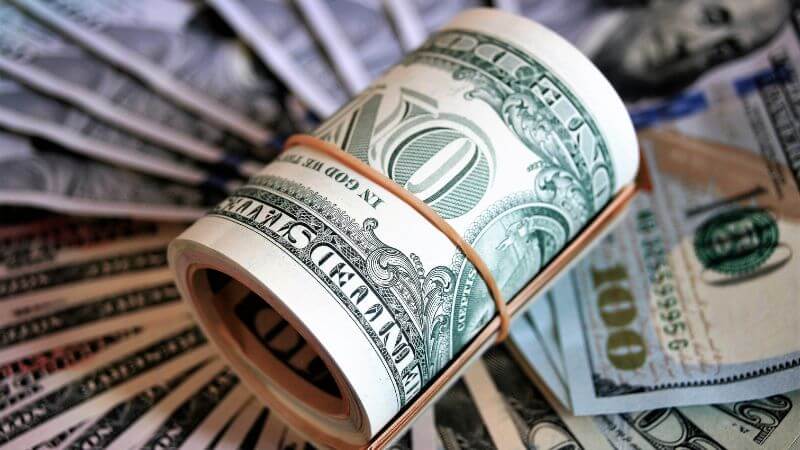
Because of its extensive acceptance worldwide, the US Dollar functions as the leading currency across the globe. Its status as the global reserve currency makes it universally acceptable. International trade relies on the US dollar, as it establishes monetary standards in the world’s largest economy.
Exchange Rate: 1 USD = ₹86.85
Despite their wide international usage, the US Dollar, British Pound, and the Euro do not hold the highest value in currency markets.
Follow Us: Facebook | Instagram | X |
Youtube | Pinterest | Google News |
Entertales is on YouTube; click here to subscribe for the latest videos and updates.


